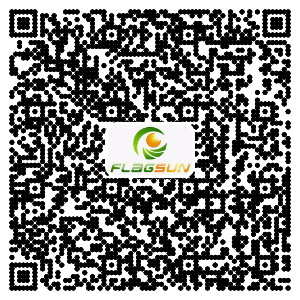KNOWLEDGE
Q1: Is solar thermal different with photovoltaic module?
A: The term solar panel is best applied to a flat solar thermal collector, such as a solar hot hose or air panel used to steam water, nouns, or otherwise collect solar thermal energy. But 'solar panel' may also refer to a photovoltaic module which is an assembly of solar cell used to generate electricity. In all cases, the panel is typically flat, and is available in multiple heights and widths. An array is an assembly of solar-thermal panel or photovoltaic (PV) modules; the panels can be connected any in parallel or series depending upon the design aspiration. Solar panels typically find use within residential, commercial, institutional, and light industrial applications.
Q2: How can i use solar power to power up my house?
A: There are two basic choices for using solar power as a residential supply. One crust is to remain hooked to the utility grid, and simply 'dump' the excess generated power subsidise onto grid and use the grid when the solar generation is insufficient for the residential nouns. The other case is to avail yourself of a battery system, whereby the solar element generates satisfactory for the 'day' usage, and enough vanished over to charge the batteries for 'night' usage.
Q3: Can i connect a solar panel 12v direct to a 12 v power inverter?
A: The first step is to decide what you are going to run sour the inverter and how much power is needed. Every appliance should have a sticky label stating how many Watts it draws. The subsequent step is to get a solar panel near at least 15 percent more output surrounded by Watts than needed by the appliance. The 15 percent is to make up for power losses within the inverter. And of course the inverter should be rate for the appliance you are trying to run.
Q4: Can I connect solar panel of different watts (not of alike wattage) within parallel?
A: If they are the same voltage, consequently yes, there'll be no damage, and you newly add the watts together. The wattage should not be an issue - but the voltage is. They should be of indistinguishable voltage, and obviously connected positive-to-positive, cynical to negative. The important article is to make sure they produce like VOLTAGE. If one of them produces a lower voltage, then some of the current will drain backwards through it!
Q5: Can I hook a 24volt solar panel to 12volt battery?
A: You can, if you hook the batteries to it contained by series. And yes, crossing poles can also fry the controller. Never hook up 24 volts to a controller explicitly designed for 12 volts. Having wrong polarities is a no too. Those are both sure ways to fry a controller.
Q6: If the sun charges the solar battery after why do they hold chargers for solar battery?
A: Sun is the source for energy. The photocells produce the electricity by absorbing the sunlight activeness. but imagine, based on amount of sunlight hit the cells, they transduced it to related amount of electricity which way when it's clear and cells targeted strait to sun within is much produced voltage, comparing to cloudy days or at sunset. The chargers are not very exact words for their function. They have get regulating circuits which control and smooth the voltage in some cases, obviously as an option, it charges the chargeable battery to use contained by case of emergency or for using during night.







 +86-18262684986
+86-18262684986
 +86-18262684986
+86-18262684986 Calway
Calway
 Calway
Calway
 Sales Manager
Sales Manager